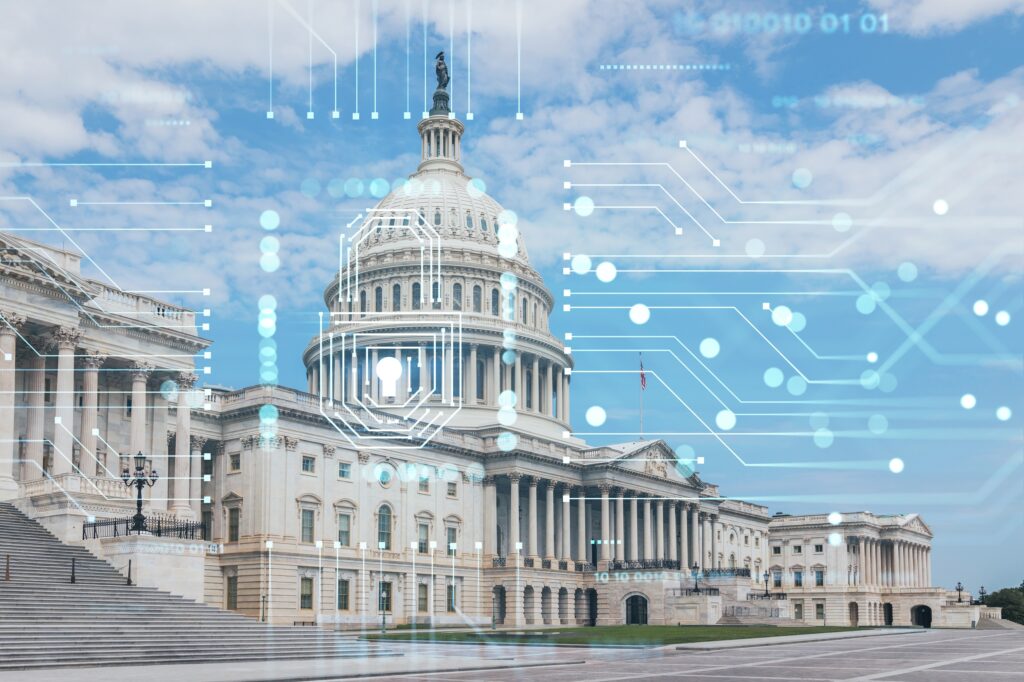MISO’s Order 2222 Gamble
On April 14, 2022, the Midcontinent Independent System Operator (MISO) submitted its compliance filing in response to Order 2222 from the Federal Energy Regulatory Commission (FERC). Order 2222 directed MISO and the other regional transmission operators (RTOs) to develop tariffs and practices to allow distributed energy resources aggregators (DERAs) to directly participate in wholesale markets. The MISO filing provides details regarding how DERAs will participate in MISO markets, including the rules and procedures for DERAs. As part of its filing, MISO identified 2030 as the target year for allowing DERAs to participate. To support its filing setting a 2030 start date, MISO describes a number of needed improvements in its systems and market operations before it can allow DERAs in the market.
MISO prioritizes two market improvements that it describes as either necessary or more valuable than DERA participation. The first improvement, market systems enhancement (MSE), upgrades MISO’s legacy software and equipment. The second improvement, multiple configuration resources (MCR), allows for MISO to better schedule and manage a variety of resources, including gas, wind and solar. After completing both improvements, MISO will begin implementing Order 2222 directives.
In addition to market improvements, MISO’s proposal describes several programmatic choices regarding how DERAs can participate in MISO markets. One such example was related to multi-nodal bidding. Every resource that participates in an RTO bids and receives payment in relation to the price based on a certain node across the RTO market. Since DERAs are most likely aggregating resources located on the distribution system and behind one node, multi-nodal bidding could limit DERA ability to identify enough resources to both provide a benefit to the RTO and meet the minimum load thresholds for participation—FERC set a minimum bid threshold of 100 kilowatts (kW).
Opposition to MISO’s proposal
In response to MISO’s proposal, three groups filed comments: state regulatory commissions, utilities and DER advocates. The utilities, and groups aligned with them, were largely supportive of MISO’s proposal and its rationale for limiting bids to a single node, focusing on the MCR update, and setting a start date for 2030. DER advocates were highly critical of MISO’s plan, especially the 2030 start date and lack of progress on allowing multi-nodal aggregation. State commissions were also critical of the 2030 start date. The position of the state commissions is especially important because Order 2222 relies on the coordination between state commissions, utilities and the RTOs to make the whole program work.
The DERA groups oppose MISO’s filing, recommending that FERC reject it.
The arguments from both the DERA groups and regulators coalesce around several points:
- Waiting until 2030 to allow DERAs to participate in MISO markets is inconsistent with the directions in Order 2222.
- Prioritizing installing MCR over 2222 implementation is imprudent.
- Not including multi-nodal aggregations or defining a plan for addressing multi-nodal aggregations shows that MISO is not being serious about implementing Order 2222.
DERA advocates and state commissions agree that MISO’s proposal fails to meet Order 2222 standards, which claim that existing RTO practices may unnecessarily restrict competition and that “effective wholesale competition encourages entry and exit and promotes innovation, incents the efficient operation of resources, and allocates risk appropriately between consumers and producers.” Waiting until 2030 for DERA’s to participate in MISO markets extends this undue barrier and restricts competition by not allowing new resources to enter the market. This is exacerbated by MISO prioritizing the MCR reform over enabling DERAs. As stated by the Organization of MISO States, which represents state regulatory agencies in the MISO footprint, “The notion of waiting until 2030 to make use of resources existing today (and resources coming online rapidly of the next decade) is counter to FERC’s Order 2222 intent.”
The Public Interest Organizations (PIO) notes that the MCR upgrade is “designed to improve the modeling of Combined Cycle Gas Turbines,” which would then give those resources, mostly owned by the monopoly utilities, several years head start against integration of DER resources into MISO markets. They also note that MISO undervalues the benefits of DER in MISO markets. Order 2222 identified an initial list of services that can provide value to wholesale markets, yet, as the PIO comments note, MISO, claims that benefits are “unknown and potentially limited.” Instead, most DER advocates and state agencies recommended that MISO implement MCR and Order 2222 concurrently.
By not allowing for multi-nodal aggregation, MISO effectively shuts out residential DER aggregation opportunities. In order to meet the minimum size threshold for participation in wholesale markets, an aggregator needs to meet 100 kW. However, for a residential DER aggregator, that limit may not be possible since these aggregations are likely composed of devices like smart thermostats, which use relatively small amounts of kW. Order 2222 directed RTOs to develop rules to allow for aggregations to be “as geographically broad as technically feasible” or to justify why the RTO could not do so. Other RTOs, notably the California ISO, have allowed multi-nodal aggregations to occur in their markets for nearly a decade, so there is experience from other RTOs that show that this can be done effectively and at no harm to the market or operations.
The states offered one final concern about MISO’s proposal: some states are in two RTOs. Since MISO’s proposed start date is significantly farther out than that of the other RTOs, states will be in an awkward position of allowing some customers to participate in wholesale markets as early as 2024, while others cannot participate until 2030. This would result in an inequitable result for customers in those states
FERC opened this initiative in 2016 and Order 2222 was released in 2020; MISO (and the utilities) had plenty of time to plan for this outcome in planning efforts and integrate those outcomes into their distribution planning efforts to ensure the distribution system would be ready to integrate DER. States have a lot of work to do to develop rules and practices to enable DERAs to operate in their states and to ensure that the distribution utilities are working to support these actors. Utility grid architecture will play a crucial role in that effort as the electricity system continues to undergo a transition away from large, centralized power plants located far away from demand, to a system that relies and utilizes more distributed energy resources located on the distribution system. Order 2222 is one step in that direction.
MISO put a significant amount of effort into developing this proposal, rolling the dice to assume it will be an outlier among the RTOs. MISO has a clear need to upgrade its market software and platform, but looking into the future, MISO appears to have, instead, decided that it can only do one thing at a time when states, customers, technology and FERC is looking for them to do more.








